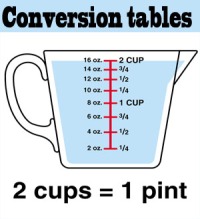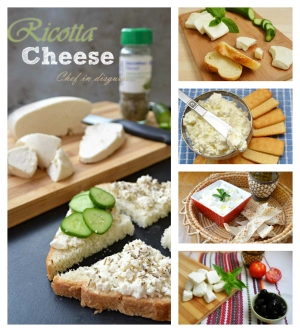First off, allow to me apologize for my lack of posting lately. Sometimes life gets in the way of the best-laid plans!… but now I am back with something that is near and dear to my heart. I am starting a series of posts featuring recipes using Palestinian ingredients. The recipes will range from healthy to indulgent, sweet to savory, and from traditional to modern takes on these ingredients. I will give you a sneak peek at the first 4 posts of the series that will be coming your way every other day over the next week or so.
We’re starting off today with zaatar rolls because any Palestinian ingredients series must start with zaatar 🙂 If you would like to read more about the deep-rooted love affair between Palestinians and zaatar, you do so in my Palestinian zaatar fatayer post.
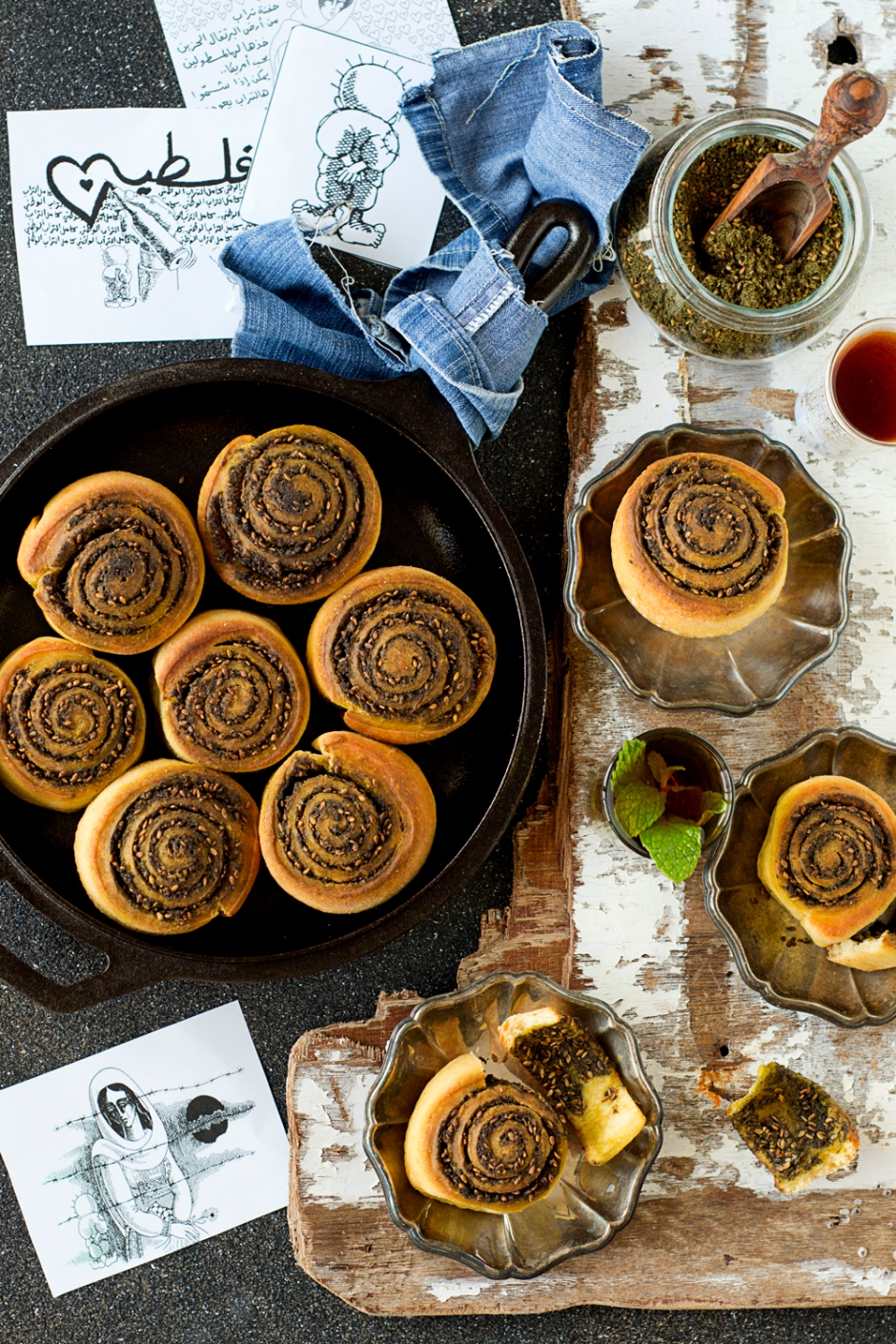
After that, we’ll move to the dark side (I mean a recipe using dark grape molasses :p) with spicy ginger molasses cookies with a twist. I made My cookies into sandwich cookies and filled them with the ultimate creamy filling using tahini and molasses. This stuff was so good, it was really hard to resist eating it by the spoonful. You can use this creamy paste to fill tarts, frost cakes or simply spread on toast! let’s just say that even if you hate cookies, you don’t want to miss this post if only for that filling.
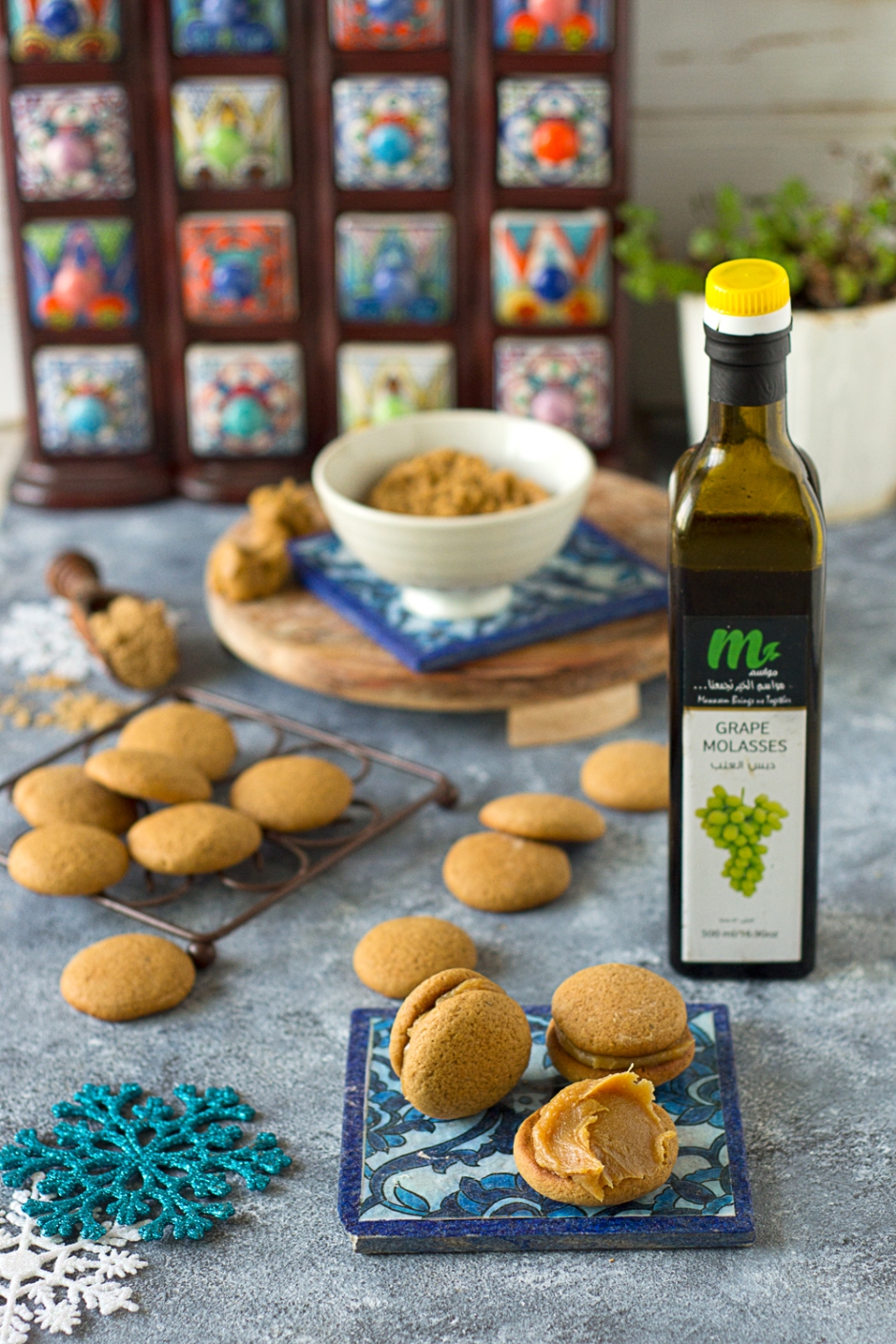
Because life is all about balance, the following recipe will be my daughter’s favorite salad: Labneh and makdoos salad with a balsamic vinaigrette sweetened with pomegranate molasses. If you don’t know what labneh is, you can read all about this healthy Middle eastern yogurt cheese here and you’ll get a step by step tutorial on how to make it too. If you’ve never heard of makdoos then you’ll just have to wait for the post to read all about it.
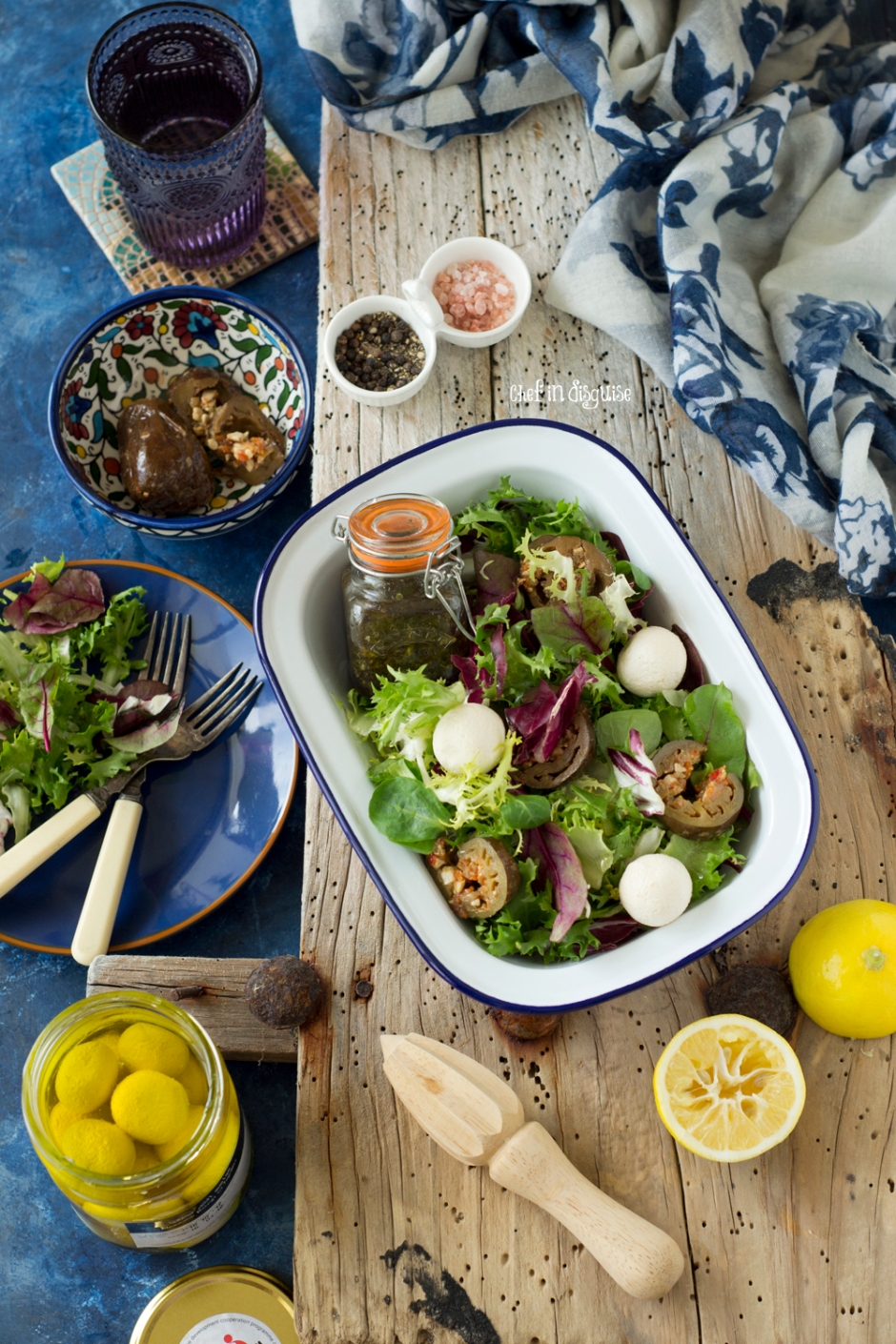
For the fourth recipe, we will go back to zaatar but this time we will be making a recipe that has been one of the most requested recipes on this blog: Zaatar manakeesh. This recipe features my go-to dough for making taboon bread. Taboon is a Palestinian bread that was traditionally baked on hot stones in a taboon oven, it is a key ingredient in Musakhan.The crown jewel of the Palestinian cuisine. It is also used to make manakeesh or Manakish, also manaqish, manaeesh or manakeesh or in singular form man’ousheh (don’t you just love those Arabic tongue twister recipe names?!) All of those names are a popular Levantine food consisting of dough topped with thyme, cheese, or ground meat. They are a must on the breakfast table in Palestine, Jordan, Lebanon and Syria.

Now let’s get back to today’s recipe: Zaatar rolls. These light and fluffy rolls make the perfect breakfast or snack with a cup of tea (remember to add a spring of mint or sage to your tea for the full middle eastern experience 😉 ). My kids love to unravel these eating them layer by layer. I personally love them with a big bowl of soup or salad, depending on the season or my mood.The best thing about these rolls though is the fact that they can buy you time! especially in the morning! When the winter break is over and school starts up again, you can tuck one or two of these in your lunchbox with some fruits and vegetables saving you a precious 10 minutes of lunchbox prep in the morning.
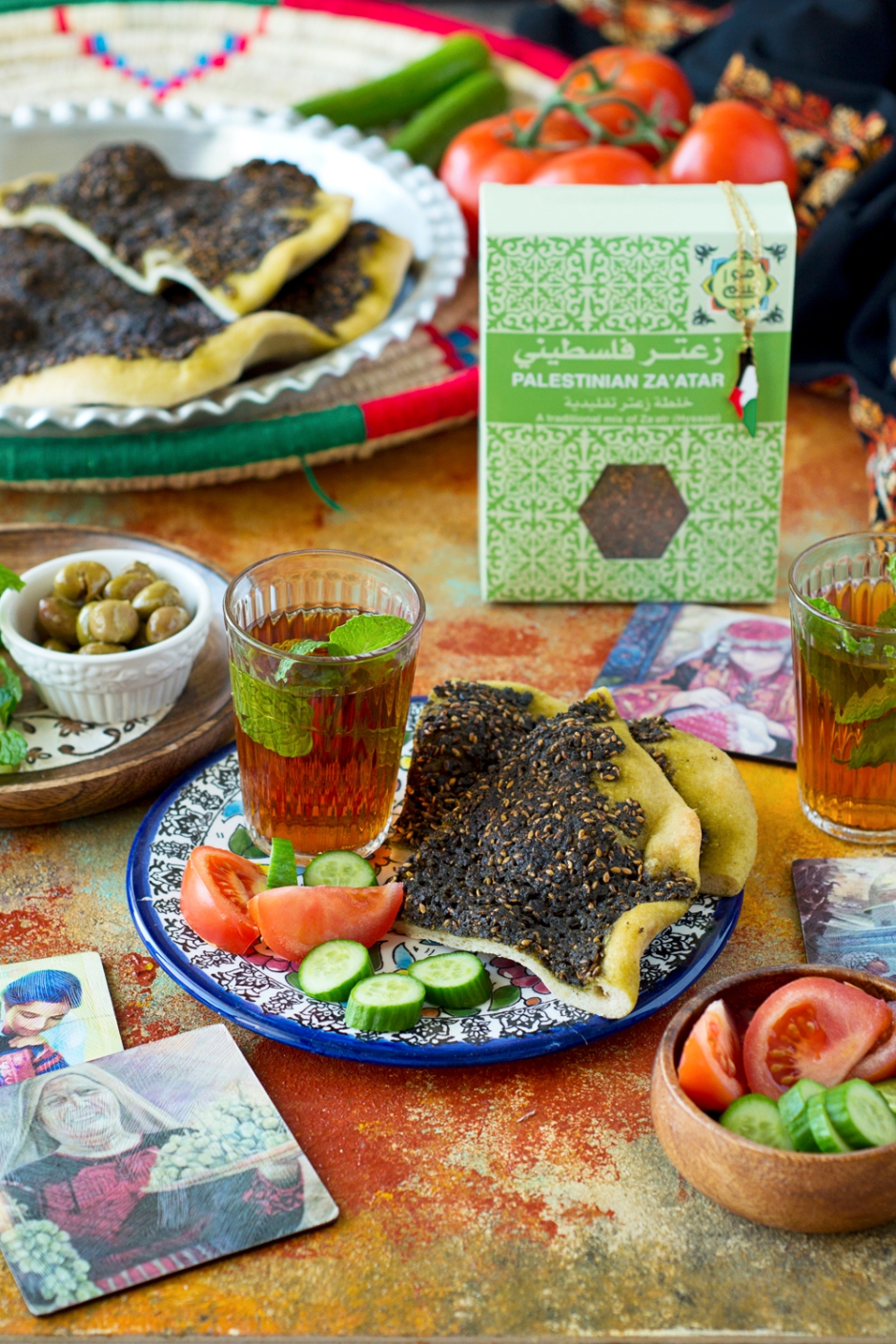
Before getting to the recipe, allow me to tell you about Mawasem. For this series, I am working with the Polish Center for International Aid. They have projects supporting Palestinian agricultural cooperatives in which they are trying to improve quality and marketing opportunities for Palestinian products and producers (farmers).They especially focus on women cooperatives -because they believe their professional work is necessary for both – development of society and economy of Palestine. So far those women have shown impressive strength and strive to support their families. So when the Polish center of international Aid reached out to me to create recipes and pictures for the Palestinian products that they support. I was more than happy to say yes!

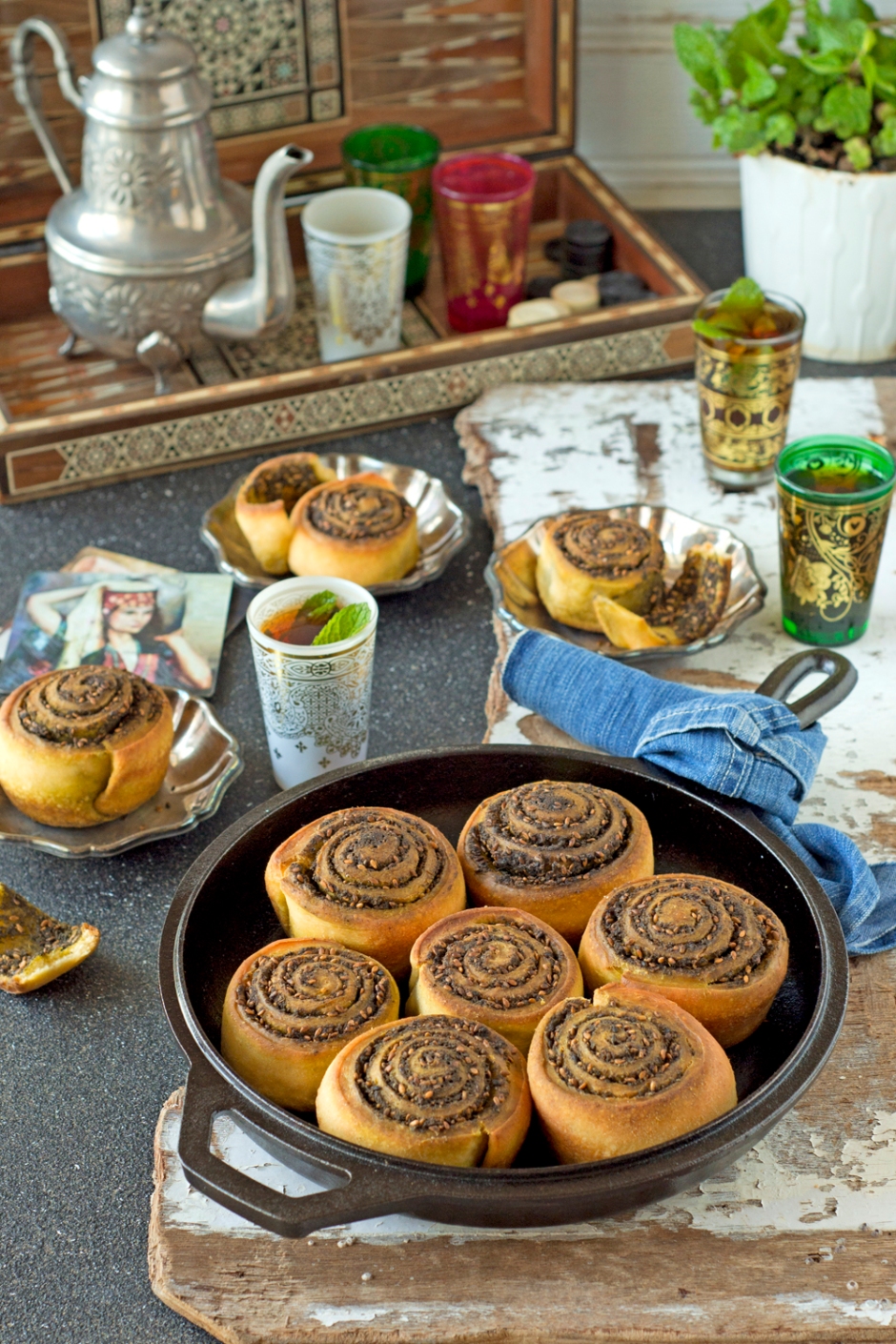
Palestinian zaatar rolls
4 and 1/2 cups flour
1/2 teaspoon cardamom
1 tablespoon instant yeast
1 tablespoon sugar
1/3 cup melted butter
1/4 cup yogurt
1/4 teaspoon salt
1/2 cup warm milk
1/2 cup warm water
2 eggs
1 teaspoon white vinegar
Zaatar mix
2 cups of zaatar spice mix
1/2 cup olive oil
Prepare the dough
1.In the bowl of your mixer fitted with the paddle attachment (or a regular bowl) add 4 cups of the flour (set the remaining 1/2 cup on the side, you may or may not need it depending on the consistency of the dough)
2.Add the sugar, yeast, and cardamom to the flour
3.Turn the mixer on and add the butter.
4.Mix until the butter is completely blended into the flour
5.Add the yogurt and vinegar and mix
6.Add the eggs, one at a time and mix until they are fully incorporated.
7.Change into the kneading hook if using your stand mixer or knead by hand
8.Add the milk and water and knead the dough for 5 minutes
9.If the dough is too sticky, add the remaining half cup of flour and knead for 5 more minutes.
10.The dough should be smooth and you need a total kneading time of 10 minutes.
11.Place the dough into a lightly oiled bowl, cover it with cling film or a wet towel and allow it to rise in a warm place until it doubles in size (this requires an hour to 1.5 hours)
12.Gently deflate the dough by pressing on it with the palm of your hand.
13. Allow it to rest for 15 minutes
To make the zaatar rolls
1.Roll out the dough into a rectangle on a lightly floured surface. If you would like your rolls to be soft and fluffy, keep the dough at least 1 cm in thickness, preferably 2. If on the other hand, you like your rolls to be firmer and closer to crackers, roll the dough thinly
2. Mix the zaatar with the olive oil for the filling till they form a thick paste. Spread it on the dough
3.Roll the dough starting with the long side of the rectangle into a tight roll
4.Using a knife or a piece of dental floss, cut the dough into 4 cm rolls.
Again, if you want the rolls to be more crisp after baking, cut them into thinner rolls.
5. Arrange the rolls on a baking sheet lined with parchment
6. Brush or spray the rolls with olive oil
7. Cover the sheet with a clean cloth and allow the rolls to rest for 15- 20 minutes in a warm place
8. When you are ready to bake the rolls, spray 2 tablespoons of water on the baking sheet (this will help to create steam which will assist your rolls in rising in the oven)
9. Bake on the middle rack of a 200 C oven until the bottoms are golden brown
10.Turn on the broiler until the tops are golden brown
10. Take out of the oven and cover with a clean dry cloth for 10 -15 minutes (This is a great trick to keep any bread or pastry you bake soft. If you don’t cover them they will slightly dry out as they cool)
لفائف الزعتر
للعجينة :
1/2 4 كوب طحين
4/1 كوب لبن
2/1 ملعقة صغيرة هيل مطحون
1 ملعقة كبيرة خميرة فورية ناعمة
ملعقه كبيره سكر
4/1 ملعقة صغيرة ملح
3/1 كوب زبدة ذائبه
2/1 كوب حليب دافئ
2/1 كوب ماء دافئ
2 بيضة
1 معلقه صغيره خل ابيض
للحشوه:
2 كوب زعتر دقه
نصف كوب زيت زيتون
الطريقه:
1-نضع 4 كوب طحين مع الهيل و الخميرة و السكر و نخلطهم جيدا .
2- نضيف الزبدة و الماء و الحليب و اللبن و البيض ثم نشغل العجانه حتى تتجمع المكونات و تشكل العجينة، اذا كانت لينة نضيف بالتدريج نصف الكوب الباقى من الطحين الى أن تنفصل العجينة عن الجوانب ثم تعجن العجين على الاقل 5 دقائق
3- نغطي العجين و نتركها ترتاح حتى تختمر وتتضاعف .
4- نضغط بيدينا على العجينة بهدوء لنسمح للهواء بالخروج منها ونتركها ربع ساعة ترتاح.
5-ونفرد العجين لتصبح بشكل مستطيل
6- نخلط الزعتر مع الزيتون و نوزعه بالتساوي على العجين
7-نلف العجين ليصبح لدينا اسطوانه
8-نقطع العجين لدوائر بسمك 4 سم
9-نضع القطع على صينيه خبز و نغطيها لمده ربه ساعه
10 نسخن الفرن على حراره 200 و نضع الرف في الوسط
11 نرش الصينيه بملعقتين من الماء..الماء سيكون بخار مما يساعد العجين على الارتفاع
12 نخبز اللفائف حتى تتحمر من الاسفل ثم نحمرها من الاعلى
13 نخرجها من الفرن و نغطيها لمده ربع ساعه لتحافظ على طراوتها عندما تبرد














